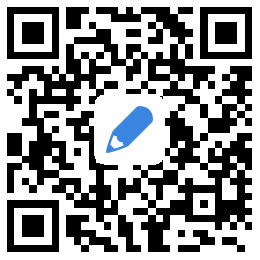商务英语邮件写作指南:什么情况下“to”可以加动词-ing (1)
EX. I look forward to talking to you on Friday afternoon.
例句:我期待下周五与你的谈话。
As the example above shows, sometimes it is correct to use “to” plus the –ing form of a verb.
从例句里我们可以看到,有时“to”也可以加动词-ing形式。
Many non-native English speakers are reluctant to use –ing after “to”. Maybe this is because you learnt at school that after “to” a verb should always be in the infinitive.
许多非英语国家的人都不喜欢在“to”后面加动词-ing形式。这可能是因为你们学校里的老师告诉你们“to”后面一般都跟动词不定式。
This is only half true. “To” actually has two uses – EITHER as an infinitive marker (e.g. The Company wishes to purchase the shares), OR as a preposition (e.g. He has gone to lunch).
其实不然。事实上“to”有两种用法,一种是动词不定式的标志(比如:这家公司想要收购股份。),另一种,用作介词。(比如:他去吃饭了。)
When “to” acts as a preposition it is usually followed by an –ing form (which in this case is a gerund) or a noun/noun phrase, as in these examples:
当“to”作介词时,后面通常会跟着动词-ing形式(动名词)或者名词/名词词组,比如:
EX1. There is no obstacle to registering the company.
EX2. There is no obstacle to the registration of the company.
例句:注册这家公司没有困难。
EX1. I do not recommend committing yourself to purchasing the shares yet.
EX2. I do not recommend committing yourself to the purchase of the shares yet.
例句:我现在还不建议你去收购那些股份。
EX1. I look forward to hearing from you.
EX2. I look forward to your reply.
例句:我期待你的回复。
There are, of course, exceptions to this rule. The next post looks at these.
当然,“to”加动词-ing也有例外的时候。敬请期待下次更新。
更多 外贸英语函电、英语应用文写作、商务英语写作、英语求职信 相关文章和学习资料,
请继续关注 英语作文大全
本文地址:http://www.dioenglish.com/writing/business/15670.html




